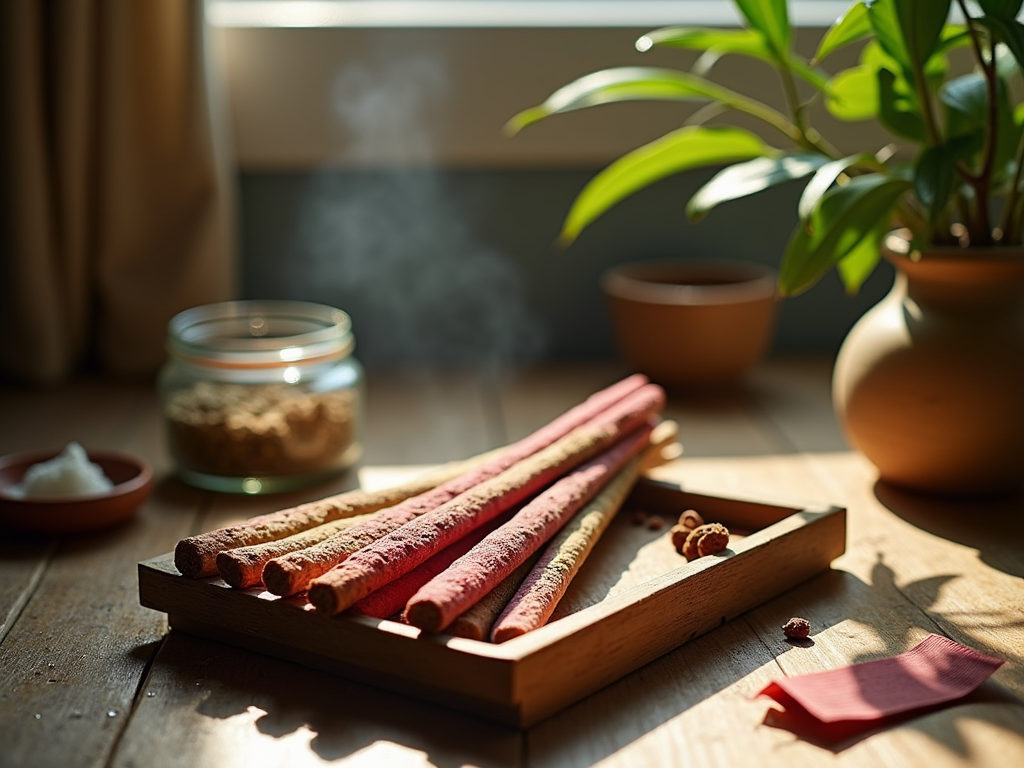
Restoring the aroma of incense sticks becomes necessary when humidity, air exposure, or poor storage diminish their fragrance. Techniques like drying in sunlight, using desiccants, or applying essential oils quickly bring back their scent and extend their usability.
Key Takeaways
- Fragrance fades because of moisture, air exposure, and degrading essential oils.
- The Sunlight Method uses mild warmth to remove moisture but requires close attention to avoid over-dryness.
- The Desiccant Method involves sealing incense with silica gel packets in an airtight container for 24–48 hours to draw out excess moisture.
- Applying small amounts of essential oil along the stick’s surface refreshes or deepens its aroma.
- Storing incense in airtight containers, away from direct heat or sunlight, preserves fragrance for longer durations.
Why Incense Sticks Lose Their Aroma Over Time
Humidity plays a big role in stripping an incense stick of its fragrance. Essential oils, which are responsible for the scent, don’t hold up well in moist environments. They start to evaporate or break down, especially if the sticks are stored in areas with high moisture levels like bathrooms or basements.
Air exposure doesn’t help either. Once incense sticks are left uncovered, their aromatic compounds begin to oxidize. Oxidation dulls the rich and complex scents, leaving them flat or even undetectable. If that wasn’t enough, sunlight speeds up the process significantly. UV rays break down the oils, ensuring the scent fades faster than it should.
Improper storage is one of the most common reasons for scent loss. Leaving incense out in the open, whether in a sunny spot or near a fan-fed draft, means you’re practically inviting this dissipation. To keep them intact, I always recommend sealing incense in airtight containers or pouches kept in cool, dark corners of your home.
Age is another factor you can’t ignore. The older the incense stick, the weaker the scent. Essential oils lose potency over time, and no amount of careful storage will completely preserve them if they’ve languished for years. However, there are ways to refresh their fragrance. For example, you can explore natural scent enhancers by following tips shared in guides like this one on home fragrances.
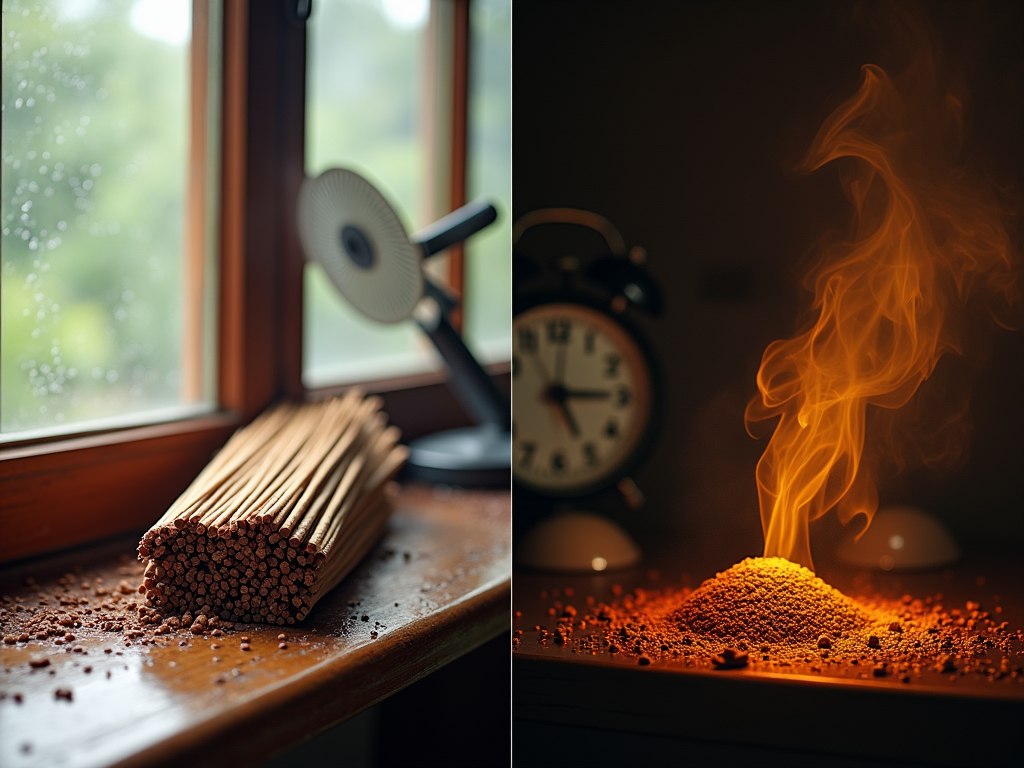
Easy Methods to Bring Back the Smell of Your Incense Sticks
Humidity and oxidation can dull incense scents. These fixes help revive them quickly.
Sunlight Method
Let your incense breathe by placing it in a sunny spot. The gentle warmth drives away moisture naturally.
- Lay sticks on a dry surface, away from direct midday sunlight to avoid excessive heat.
- Expose them for 1–2 hours.
Over-exposure can dry oils further, worsening scent loss.
Desiccant Method
Store your incense in an airtight container with a desiccant packet (like silica gel). It pulls out any lingering moisture.
- Keep the container sealed for 24–48 hours.
Moisture-free incense smells noticeably better.
Essential Oil Method
Replenish oils by adding drops of your favorite fragrance.
- Gently roll the incense in a damp cloth spritzed with the oil.
- Let it dry completely before use.
Too much oil might overpower or clog the sticks, so use sparingly.
For other tips, explore ways to naturally fragrance your home.
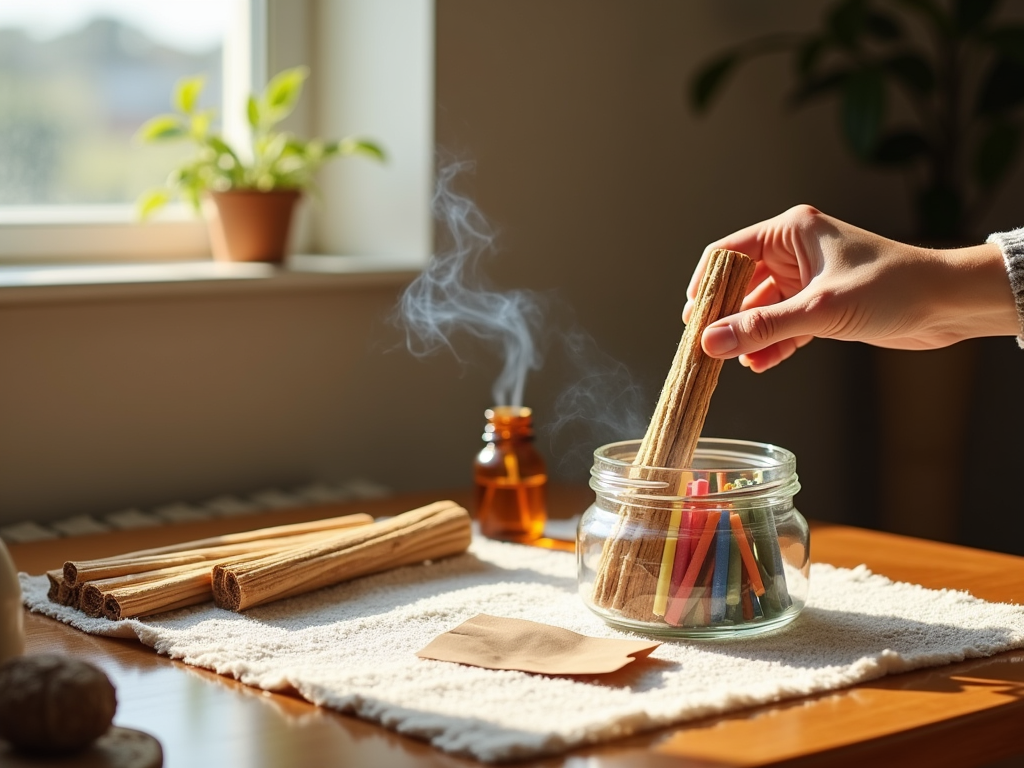
Want to Try the Sunlight and Desiccant Methods? Here’s How
The Sunlight Method works well if your incense sticks seem damp or have lost their fragrance. I’d place the sticks in indirect sunlight for about one to two hours. This allows any surface moisture to evaporate without exposing them to high heat, which can weaken the scent even more. You don’t want to leave them in direct sunlight for too long. Harsh rays can degrade the fragrance oils, leaving you with incense that smells stale or burnt.
If you’re leaning toward a faster, controlled method, the Desiccant Method is worth a shot. I like using an airtight container for this. Place your incense sticks inside with a few packets of silica gel—the same ones you find in shoe boxes or electronics packaging. Seal the container and let it sit for one to two days. Silica gel absorbs any trapped moisture, restoring the incense sticks’ aroma strength without over-drying them. It’s such a practical way to rejuvenate them if they’ve been in humid conditions.
If you’re into enhancing the scent of your space naturally, you can explore other aroma tips in this guide to home fragrances. These tricks can work alongside refreshed incense for a pleasant, layered fragrance at home.
Enhance Your Incense with Complementary Essential Oils
A few drops of essential oil can breathe life back into incense sticks that have lost their aroma. I’ve found that 1-2 drops are all you need to revive the scent without overdoing it. Always use high-quality, natural essential oils instead of synthetic ones. They not only protect the integrity of the incense but also ensure you’re not adding unnecessary chemicals into the mix.
Pairing the right oils is key. If your incense already features a grounding scent like sandalwood, consider enhancing it with complementary notes like cedarwood. For earthier fragrances like patchouli, frankincense works beautifully to elevate the warm and rich undertones. These combinations balance the original scent with a subtle boost rather than masking it entirely.
It’s tempting to add more drops, but sparing use allows the incense stick’s base fragrance to shine alongside the oil. Try placing just one or two drops along the length of the stick, focusing on the center for even absorption. Let it dry for a few minutes before lighting.
If you’re looking for more ideas to fragrance your environment, you might find tips in this guide on natural home fragrances. It’s a practical starting point to complement scented rituals like lighting incense.
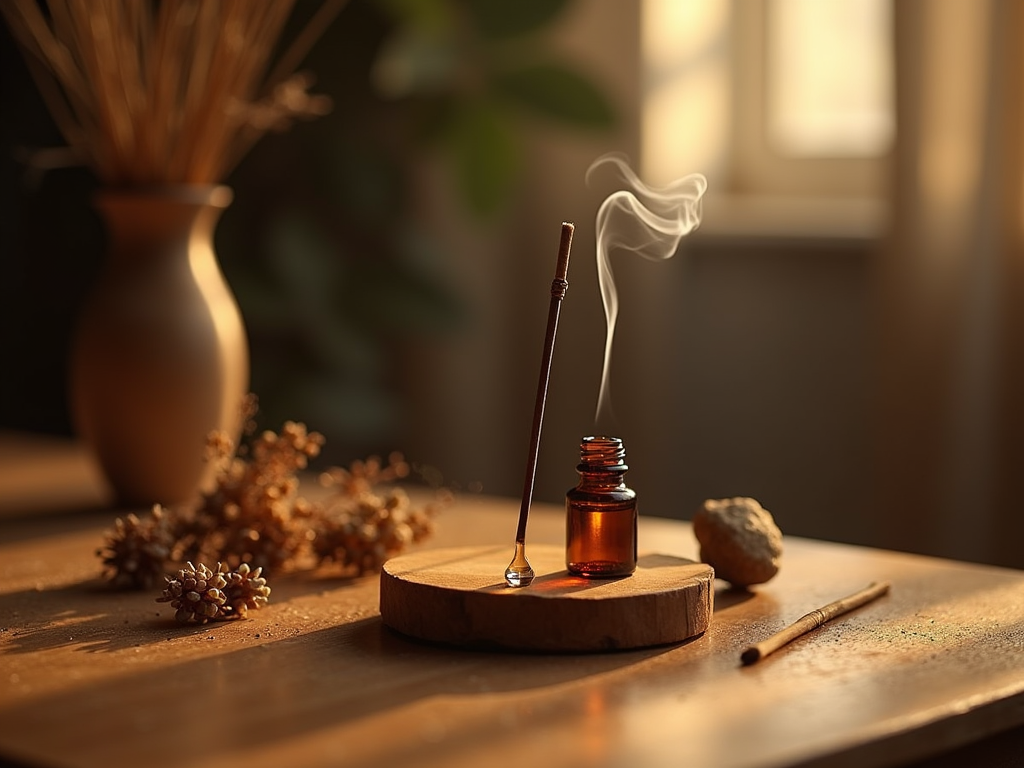
How to Protect Your Incense Aroma for the Long Term
I always make sure to store my incense carefully because even the smallest mistake can ruin its fragrance. Airtight containers are your best friend here. These seal out moisture and stop oxygen from degrading the delicate oils in your incense. Glass jars with tight lids or resealable plastic bags can work great for this.
I also avoid keeping incense anywhere bright or warm. Heat and sunlight can mess with the natural essential oils, causing them to fade or smell off. A drawer or cabinet in a cool, dry room is a smart pick. Plus, keeping it far from strong smells, like spices or cleaning supplies, prevents it from absorbing unfamiliar odors.
The key here is handling it right from the start. I always store mine as soon as I bring it home. Forgetting and leaving it exposed around the house can dry it out or make it pick up unwanted scents. If you want to enjoy a fragrance that lasts, this bit of effort goes a long way.
If you’re also into home scents, you might find some helpful tips at this guide on creating natural fragrances. It’s all about knowing how to treat your environment as carefully as your incense.
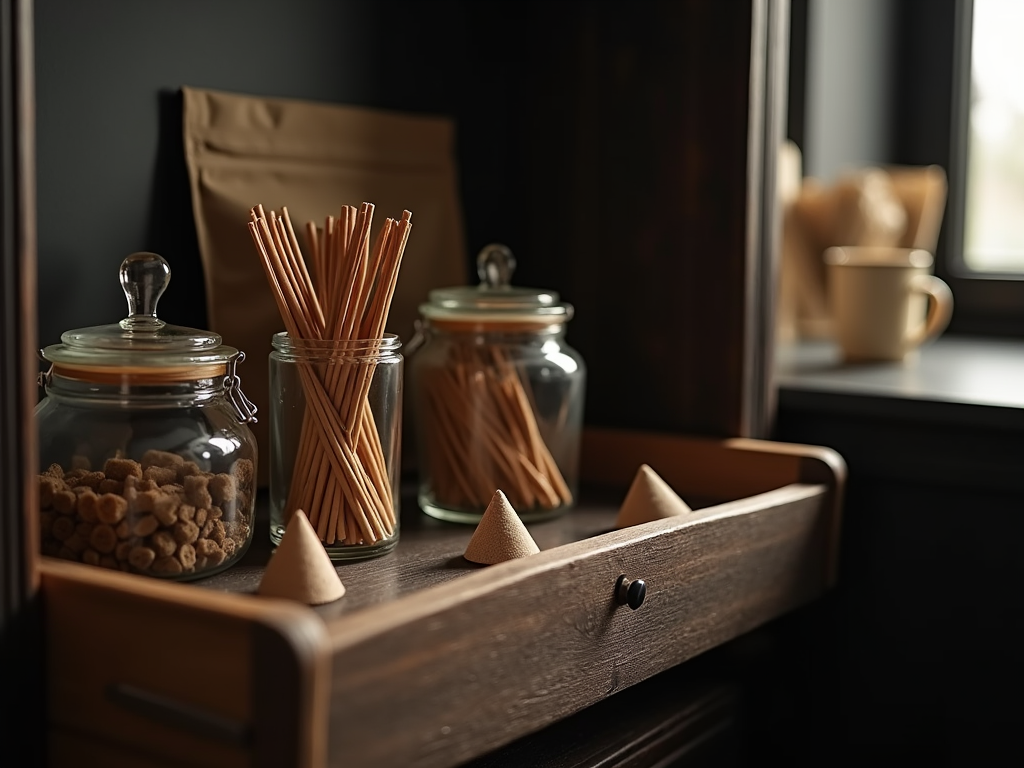
Sources:
Incense Making and Use: Juliet Diaz
The Magical Properties of Incense: Scott Cunningham
